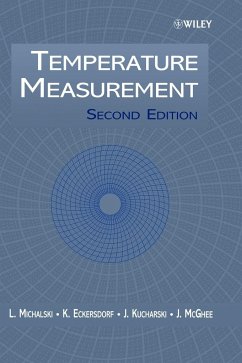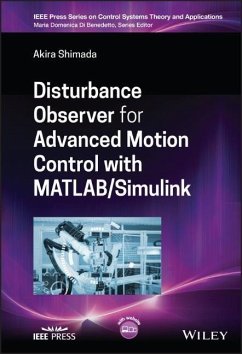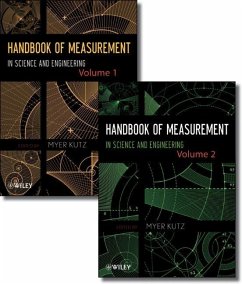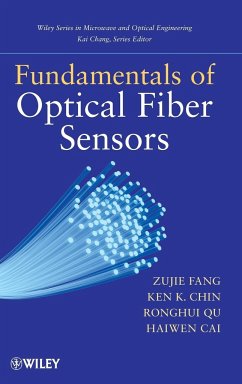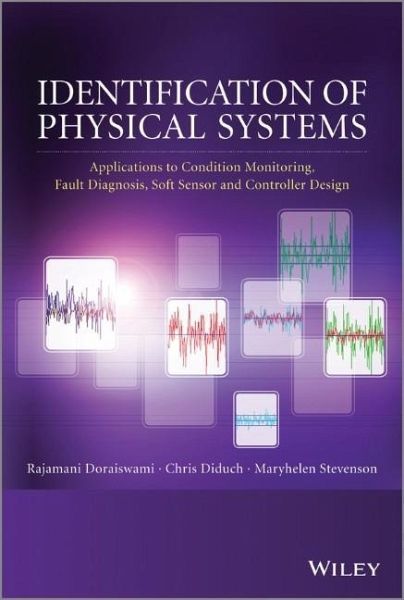
Identification of Physical Systems
Versandkostenfrei!
Versandfertig in über 4 Wochen
117,99 €
inkl. MwSt.
Weitere Ausgaben:

PAYBACK Punkte
59 °P sammeln!
Identification of a physical system deals with the problem ofidentifying its mathematical model using the measured input andoutput data. As the physical system is generally complex,nonlinear, and its input-output data is corrupted noise,there are fundamental theoretical and practical issues that need tobe considered.Identification of Physical Systems addresses this need,presenting a systematic, unified approach to the problem ofphysical system identification and its practicalapplications. Starting with a least-squares method, theauthors develop various schemes to address the issues of accuracy...
Identification of a physical system deals with the problem ofidentifying its mathematical model using the measured input andoutput data. As the physical system is generally complex,nonlinear, and its input-output data is corrupted noise,there are fundamental theoretical and practical issues that need tobe considered.
Identification of Physical Systems addresses this need,presenting a systematic, unified approach to the problem ofphysical system identification and its practicalapplications. Starting with a least-squares method, theauthors develop various schemes to address the issues of accuracy,variation in the operating regimes, closed loop, and interconnectedsubsystems. Also presented is a non-parametric signal or data-basedscheme to identify a means to provide a quick macroscopic pictureof the system to complement the precise microscopic picture givenby the parametric model-based scheme. Finally, a sequentialintegration of totally different schemes, such as non-parametric,Kalman filter, and parametric model, is developed to meet the speedand accuracy requirement of mission-critical systems.
Key features:
Provides a clear understanding of theoretical and practicalissues in identification and its applications, enabling the readerto grasp a clear understanding of the theory and apply it topractical problems
Offers a self-contained guide by including the backgroundnecessary to understand this interdisciplinary subject
Includes case studies for the application of identification onphysical laboratory scale systems, as well as number ofillustrative examples throughout the book
Identification of Physical Systems is a comprehensivereference for researchers and practitioners working in this fieldand is also a useful source of information for graduate students inelectrical, computer, biomedical, chemical, and mechanicalengineering.
Identification of Physical Systems addresses this need,presenting a systematic, unified approach to the problem ofphysical system identification and its practicalapplications. Starting with a least-squares method, theauthors develop various schemes to address the issues of accuracy,variation in the operating regimes, closed loop, and interconnectedsubsystems. Also presented is a non-parametric signal or data-basedscheme to identify a means to provide a quick macroscopic pictureof the system to complement the precise microscopic picture givenby the parametric model-based scheme. Finally, a sequentialintegration of totally different schemes, such as non-parametric,Kalman filter, and parametric model, is developed to meet the speedand accuracy requirement of mission-critical systems.
Key features:
Provides a clear understanding of theoretical and practicalissues in identification and its applications, enabling the readerto grasp a clear understanding of the theory and apply it topractical problems
Offers a self-contained guide by including the backgroundnecessary to understand this interdisciplinary subject
Includes case studies for the application of identification onphysical laboratory scale systems, as well as number ofillustrative examples throughout the book
Identification of Physical Systems is a comprehensivereference for researchers and practitioners working in this fieldand is also a useful source of information for graduate students inelectrical, computer, biomedical, chemical, and mechanicalengineering.




